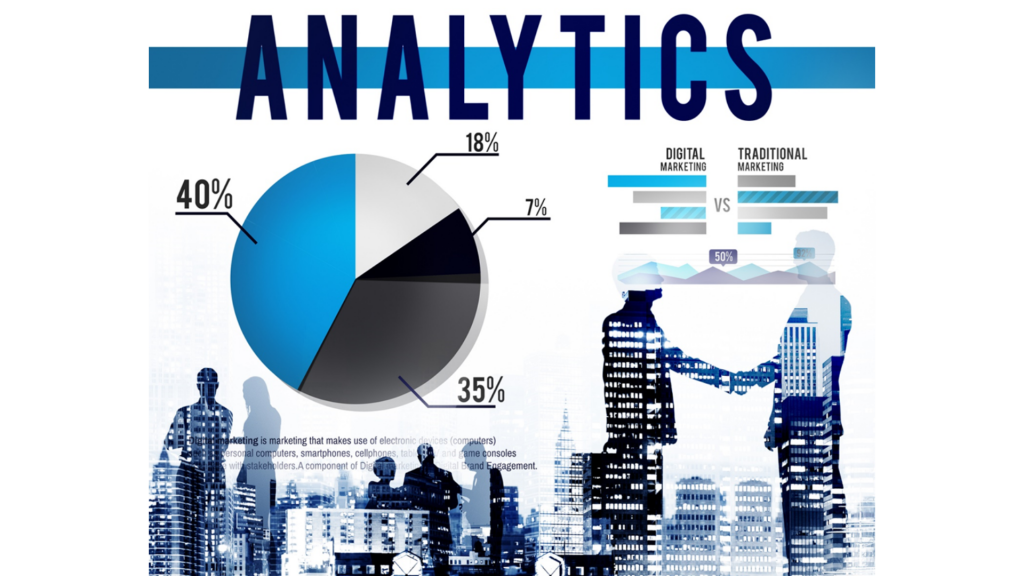
Data and analytics are firmly shaking up numerous industries, and the effects will definitely become more noticeable as acceptance reaches critical majority. Much larger wave of change is imminent on the horizon as deep learning approaches prime, giving machines unrivaled capabilities to think, problem-solve, and apprehend language. Companies that are able to harness these potentials excellently will be able to build compelling value and characterize themselves, while remaining will find increasingly at a detriment.
The volume of available data has grown exponentially, much sophisticated algorithms have been developed, and computational power and storage have steadily improved. The convergence of these trends is fueling rapid technology advances and business disruptions.
- The biggest obstacles companies face in deriving value from data and analytics are organizational.
- Leading companies are using their potentials not only to improve their core operations but to launch entirely new business models.
- Data is now a demanding corporate asset. It comes from the web, billions of phones, sensors, payment systems, cameras, and a huge array of other source and its value is tied to its ultimate use.
- Data and analytics establish several disruptive models. Introducing new types of data sets can disrupt industries, and massive data integration capabilities can break through organizational and technological silos, enabling new insights and models.
- Novel advances in machine learning can be used to solve a tremendous variety of problems—and deep learning is pushing the boundaries even further. Systems enabled by machine learning can provide customer service, manage logistics, analyze medical records, or even write news stories.
- Most companies are capturing only a fraction of the potential value from data and analytics.


